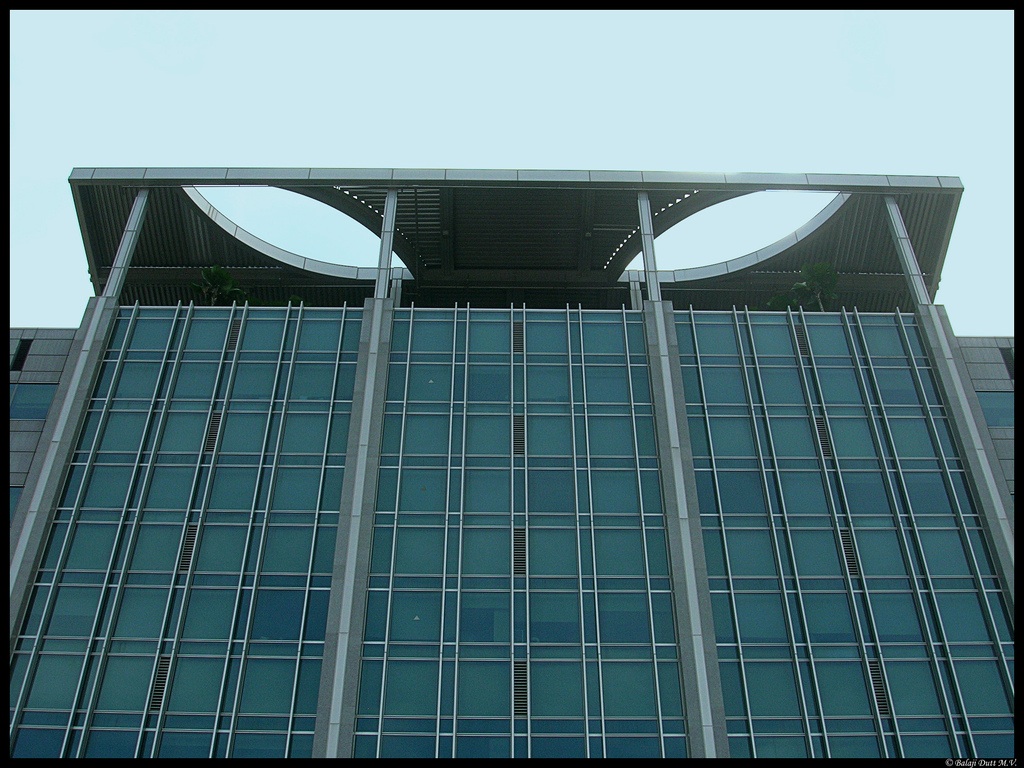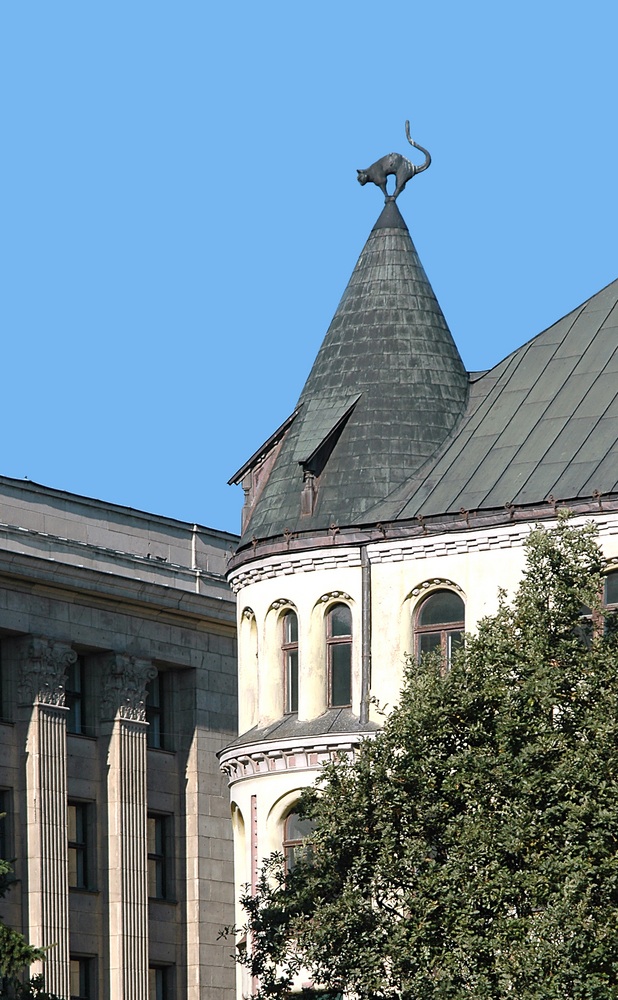Architectural Cats

The elegant shape of cats has provided inspiration for some architects, reflected in the design of certain buildings. One of the best-known examples of recent times is the slit-like roof detail, representing the appearance of cat's eyes, to be seen on top of a high-rise building on Singapore's Amoy Street, looking down over the central district of Outram (photo by Balaji Dutt). This design seems particularly appropriate in this setting, looking down from above, given that the city itself is home to the Singapura breed, which evolved on the streets. Even so, names can be confusing. The CAT Building overlooking Bangkok's Chao Praya River is not linked with cats, either in its design or origins, in spite of its name. This is simply an acronym for the Communications Authority of Thailand.
The tale of the Cat House

There is, however, no mistaking the Cat House or Kaķu māja in the centre of Riga, the capital city of the Baltic state of Latvia. Located in a prominent position, it displays two black cats on the points of each of its towers. They were intended as an insult, which had tragic consequences. Involved in a dispute with local politicians, the original owner of the house had the cats placed with their rear ends pointing across the road, in the direction of his opponents, as an insult. Sadly, the sculptor who made the cats fell to his death from the building while erecting them in position.
Greater London House
Other specific representations of cats linked with buildings can be seen elsewhere in the world, such as the Black Cat and Greater London House in London's Hampstead Road. Its origins can be traced back to the 1820s, when a Spanish nobleman called Don Jose Carreras Ferrer started in business selling cigars. The logo of the Carreras company was a black cat, and inspired by the discovery of Tutankhamen's tomb in 1920, so the building was designed with two striking bronze cats measuring over 7ft (2.13m) tall in an Egyptian style, each side of the steps leading up to the main entrance.
There are also ten other, smaller black cats incorporated into the design of the building itself. The building was ultimately sold to developers in 1959, being transformed into what became known as Greater London House. It was to be a further 40 years before it was restored to its original splendour as an icon of the art deco movement.
A house designed for a cat
There is even one case of a house being designed by architects for a cat. When Edward Lear was planning a new home, it is said that he instructed them to ensure that it matched his old house, so that his pet Foss would settle down easily in what would otherwise have been unfamiliar surroundings.